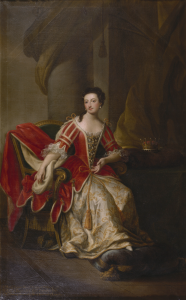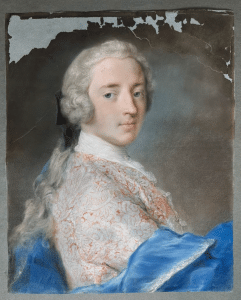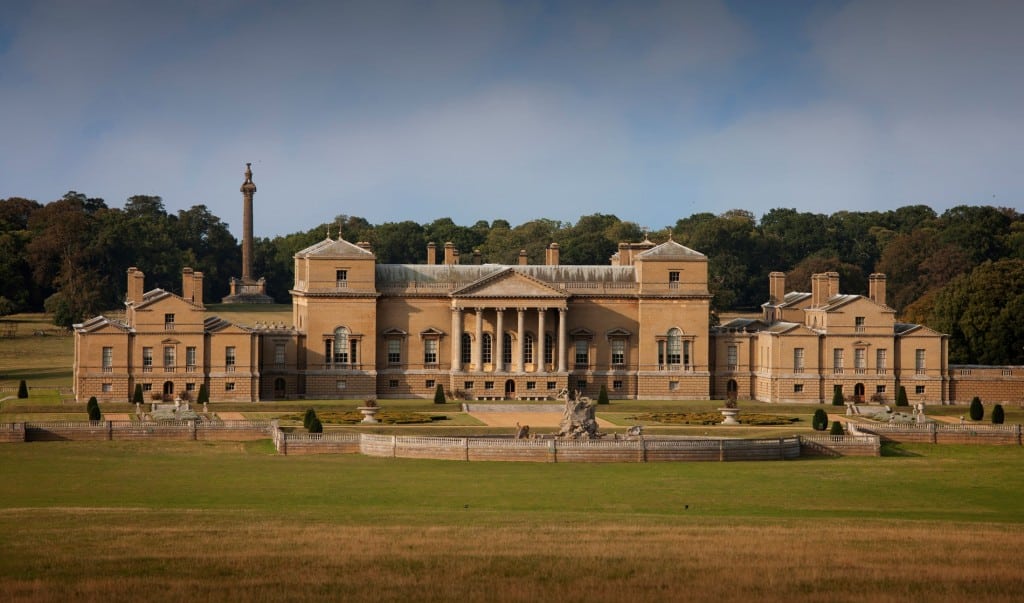
Palladianism for Beginners
May 25, 2020 | Treasure tales and archive snippets | 5 minute read

A house can tell you so much about its owner, designer, and its purpose. The first questions that spring to mind when you see such a house are often: How old is it? Who built it? Who designed it? Why did they build it?
One way we can begin to answer these questions is by looking at its architectural style. Architectural styles are used to describe the building, to give an idea of what it looks like. Once you know what to look out for, you can then start to understand more about who lives and lived there.
HOLKHAM IS AN EIGHTEENTH-CENTURY PALLADIAN MANSION- BUT WHAT DOES PALLADIAN MEAN?
When a house is described as Palladian, you can expect to see some particular features, but each house is unique and designed to the taste of the owner and/or architect.
Andrea Palladio (1508-1580) is a sixteenth century architect who was, like many other architects and designers of the time, fascinated by the ancient buildings of the Greeks and Romans. Palladio was especially taken by the symmetry of their buildings, and perfect proportioning. You should be able to put a mirror down the middle of the building and see a perfect reflection of either side. His 1570 book, I quattro libri dell’archittura (The four books of architecture) featured his favourite Roman buildings and his own architectural designs.
Palladio’s work was brought to a wider audience through books of his designs, and by being championed by those in high society. Palladianism is also a style that can work on all sized houses, which made it quite popular.
In Britain, Palladianism was fashionable between 1715 and 1760. As you can tell, it took over 100 years to catch on, as in those days they didn’t have websites or social media to spread new ideas quickly. Palladianism became popular thanks to Scottish architect and writer Colen Campbell (1676-1729) in a famous book called Vitruvius Britannicus, which is effectively a catalogue of contemporary buildings for those looking to build a country estate to browse and take inspiration from.
In addition, a gentleman called Lord Burlington championed this style, and made it fashionable with a British take on it- after all, no one could be seen to be outright copying! Lord Burlington had visited Italy on a Grand Tour of Europe (the original gap year for students). Having been inspired by Palladio’s take on classical architecture, and seeing the buildings for himself, he even sponsored the translation of Palladio’s work into English, so others could see his work.
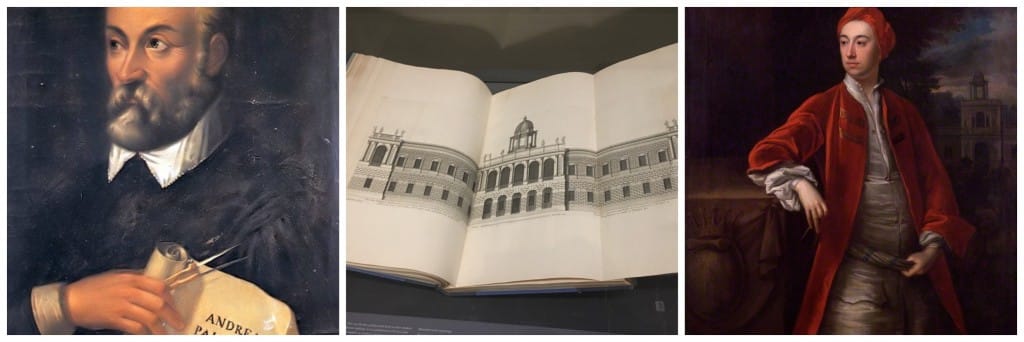
Left to Right: Andrea Palladio, Vitruvius Britannicus and Lord Burlington (3rd Earl)
SO WHAT ARE PALLADIAN FEATURES?
Each architectural style has a unique set of features that make buildings of its kind easily identifiable. But every building uses the features in a different way. Here are some Palladian features with examples of where they are located on a building:
Temple Front supported by columns
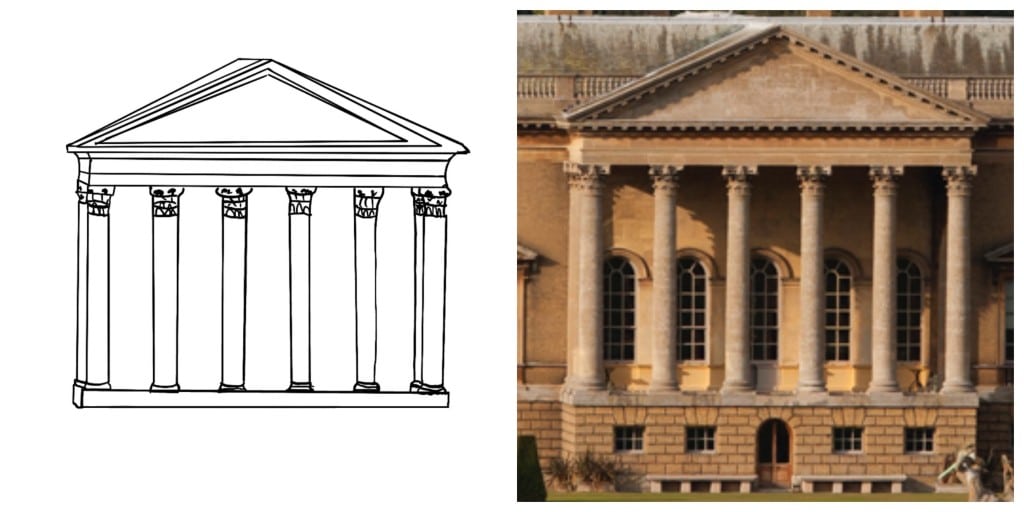
Palladian Window (also known as a Venetian Window)
A central semi-circled top and two windows either side.
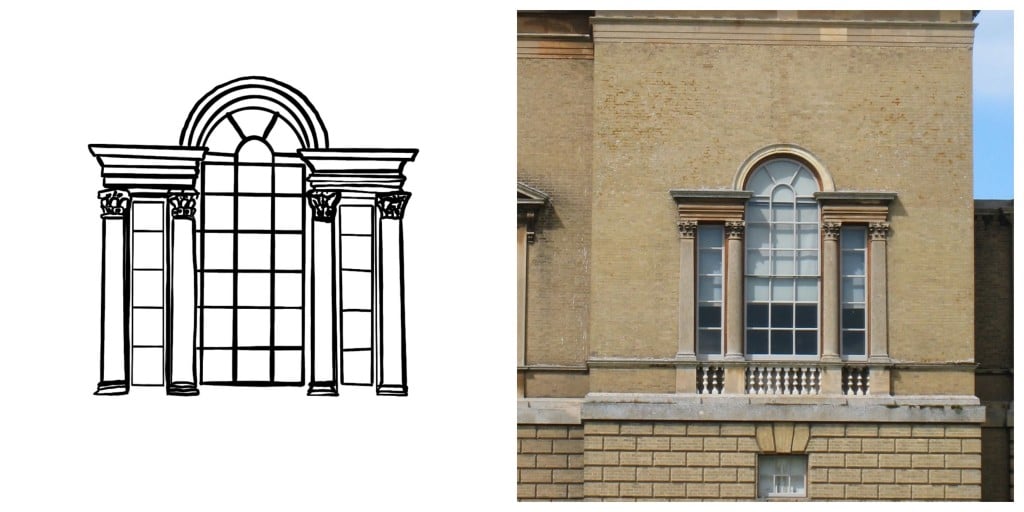
Rusticated Surround a bold brick design (typically around the basement, Holkham’s ‘basement’ isn’t underground for both practical and social reasons) to contrast with the ‘smoother’ upper floors of the building.
Pediments over windows a triangular feature above windows or doors which are free-standing (without columns supporting them).
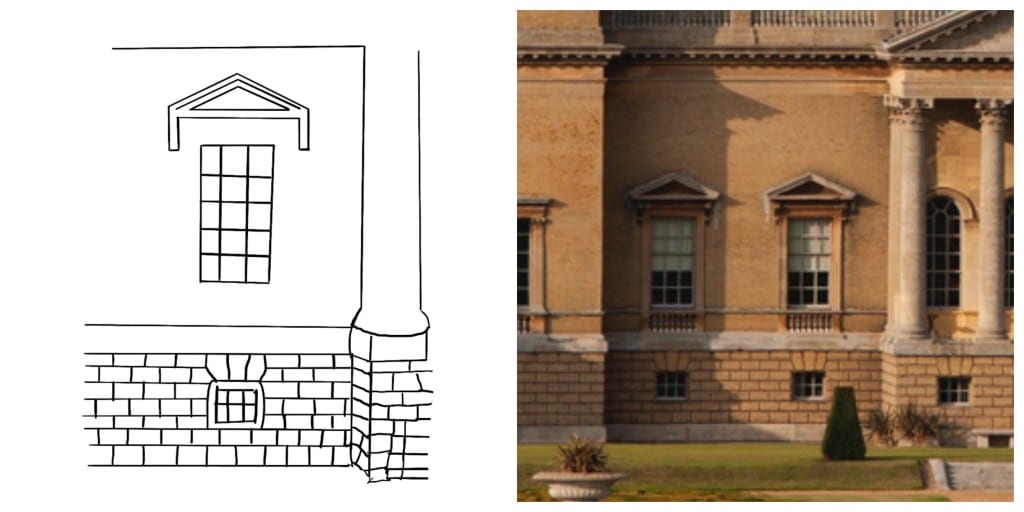
Looking rather plain on the outside, but intricate and impressive on the inside.
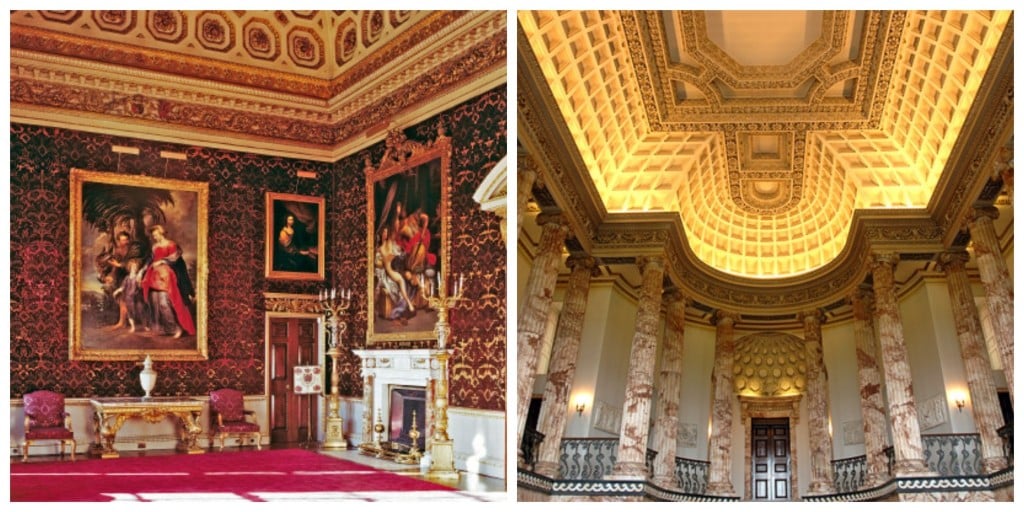
Did you know?
The first architect to use Palladianism in Britain is considered to be Inigo Jones, who designed The Banqueting House in London in 1619. This is a famous building
as it was the site of King Charles I’s execution.
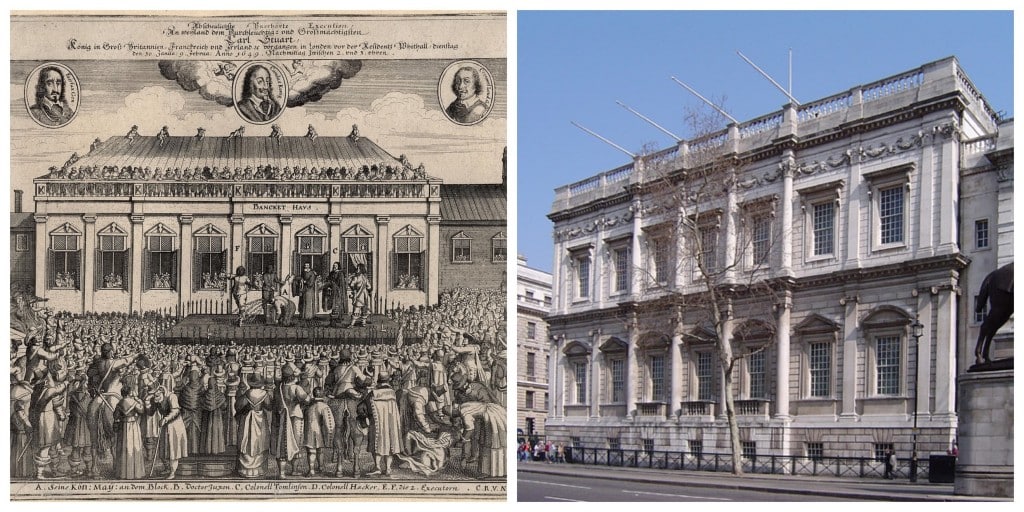
SO WHAT DOES PALLADIANISM TELL US ABOUT HOLKHAM?
• The Coke family values democracy (Palladianism is based on Greek and Roman buildings; Greece is the birthplace of democracy)
• The interior is likely to be more stunning than the exterior
• References to popular destinations on the Grand Tour (Italy and Greece) are likely to be frequent in not just the paintings and objects, but also in the outbuildings and landscape.
View all latest blog posts here.


